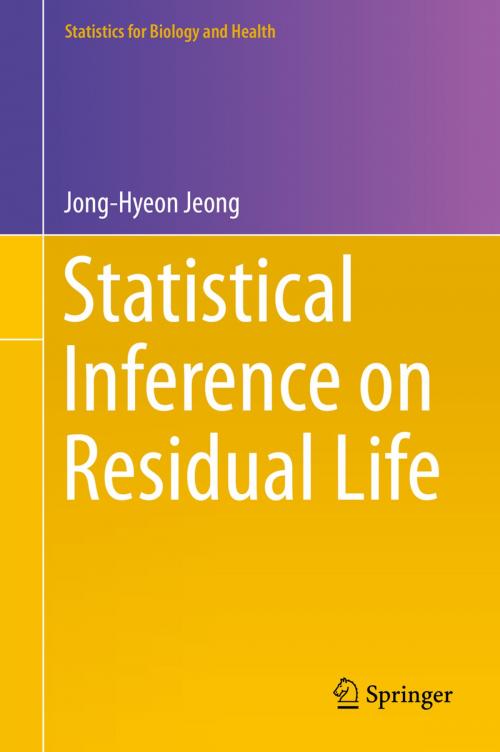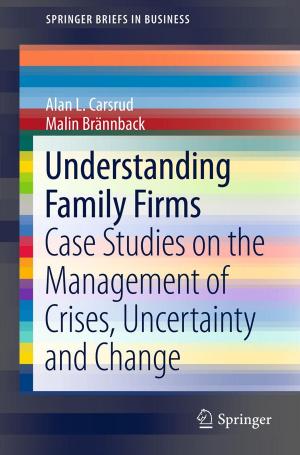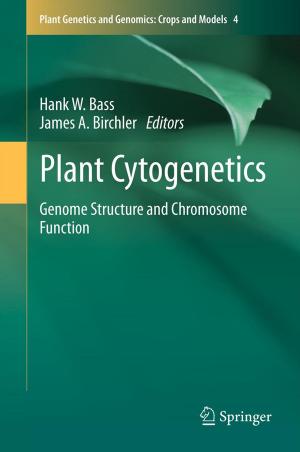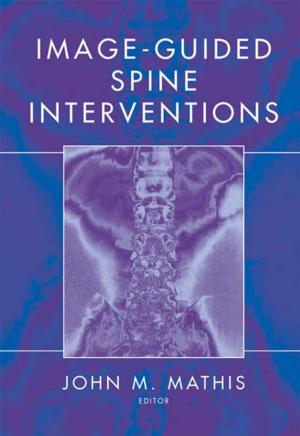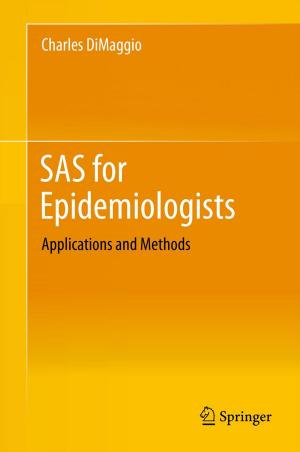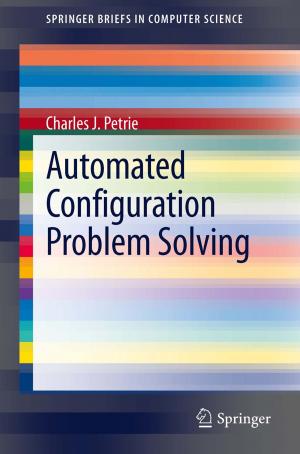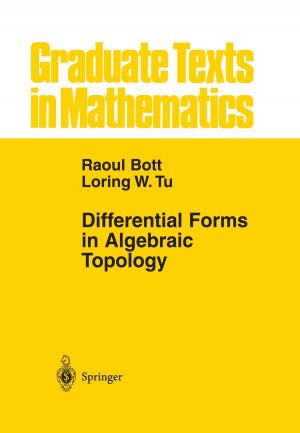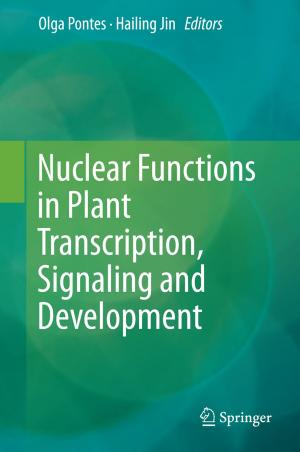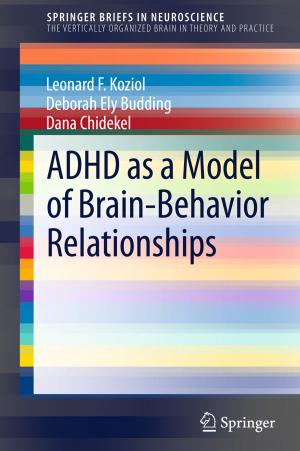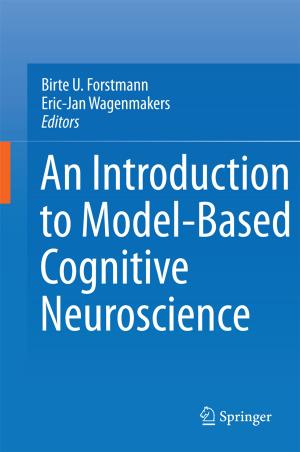Statistical Inference on Residual Life
Nonfiction, Health & Well Being, Medical, Reference, Biostatistics, Science & Nature, Mathematics, Science, Biological Sciences| Author: | Jong-Hyeon Jeong | ISBN: | 9781493900053 |
| Publisher: | Springer New York | Publication: | January 20, 2014 |
| Imprint: | Springer | Language: | English |
| Author: | Jong-Hyeon Jeong |
| ISBN: | 9781493900053 |
| Publisher: | Springer New York |
| Publication: | January 20, 2014 |
| Imprint: | Springer |
| Language: | English |
This is a monograph on the concept of residual life, which is an alternative summary measure of time-to-event data, or survival data. The mean residual life has been used for many years under the name of life expectancy, so it is a natural concept for summarizing survival or reliability data. It is also more interpretable than the popular hazard function, especially for communications between patients and physicians regarding the efficacy of a new drug in the medical field. This book reviews existing statistical methods to infer the residual life distribution. The review and comparison includes existing inference methods for mean and median, or quantile, residual life analysis through medical data examples. The concept of the residual life is also extended to competing risks analysis. The targeted audience includes biostatisticians, graduate students, and PhD (bio)statisticians. Knowledge in survival analysis at an introductory graduate level is advisable prior to reading this book.
This is a monograph on the concept of residual life, which is an alternative summary measure of time-to-event data, or survival data. The mean residual life has been used for many years under the name of life expectancy, so it is a natural concept for summarizing survival or reliability data. It is also more interpretable than the popular hazard function, especially for communications between patients and physicians regarding the efficacy of a new drug in the medical field. This book reviews existing statistical methods to infer the residual life distribution. The review and comparison includes existing inference methods for mean and median, or quantile, residual life analysis through medical data examples. The concept of the residual life is also extended to competing risks analysis. The targeted audience includes biostatisticians, graduate students, and PhD (bio)statisticians. Knowledge in survival analysis at an introductory graduate level is advisable prior to reading this book.
